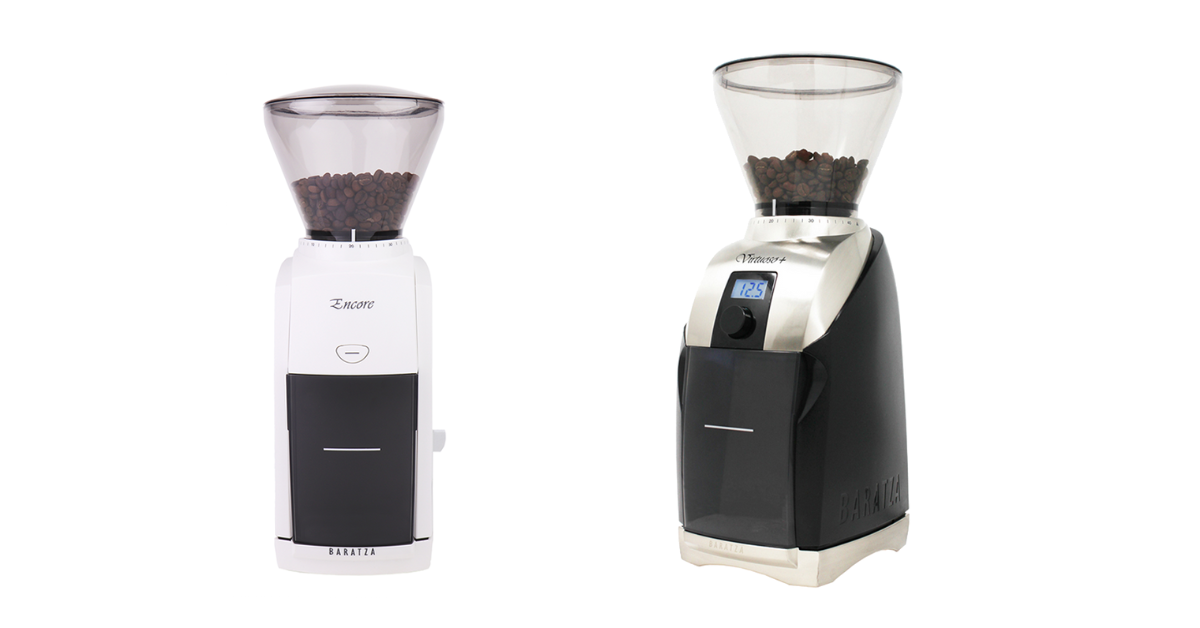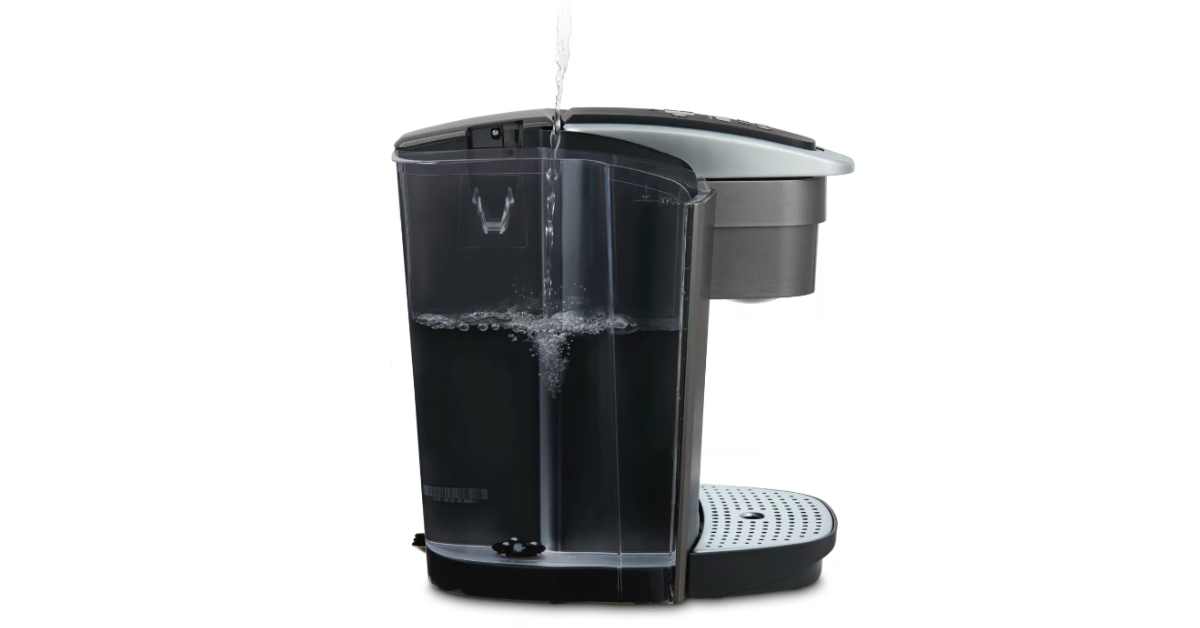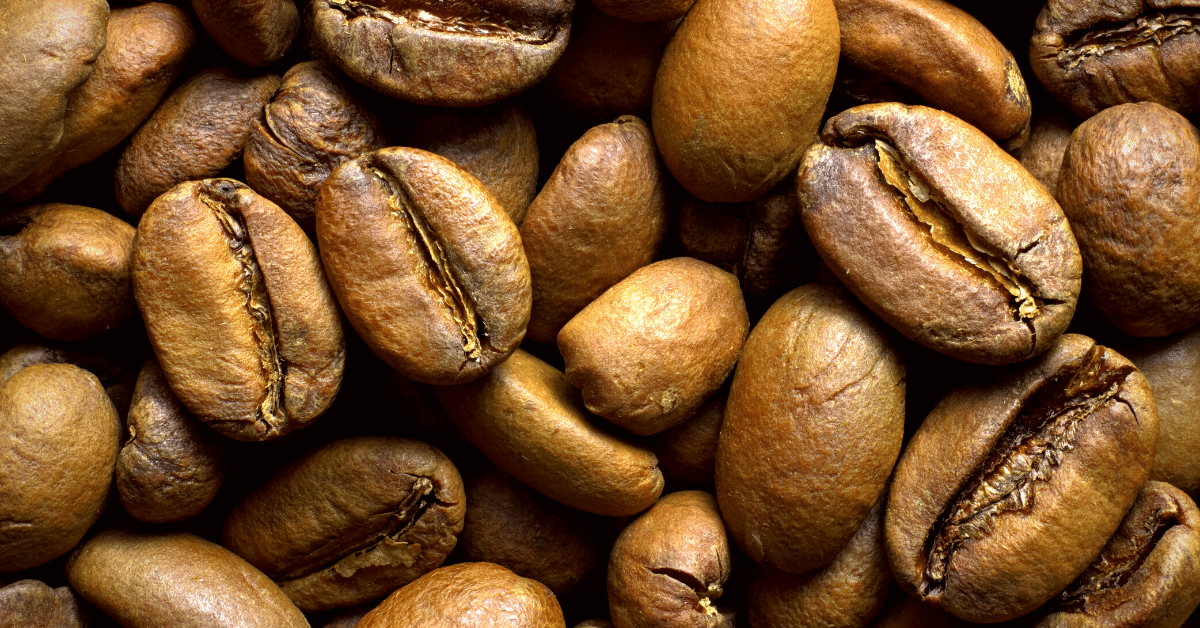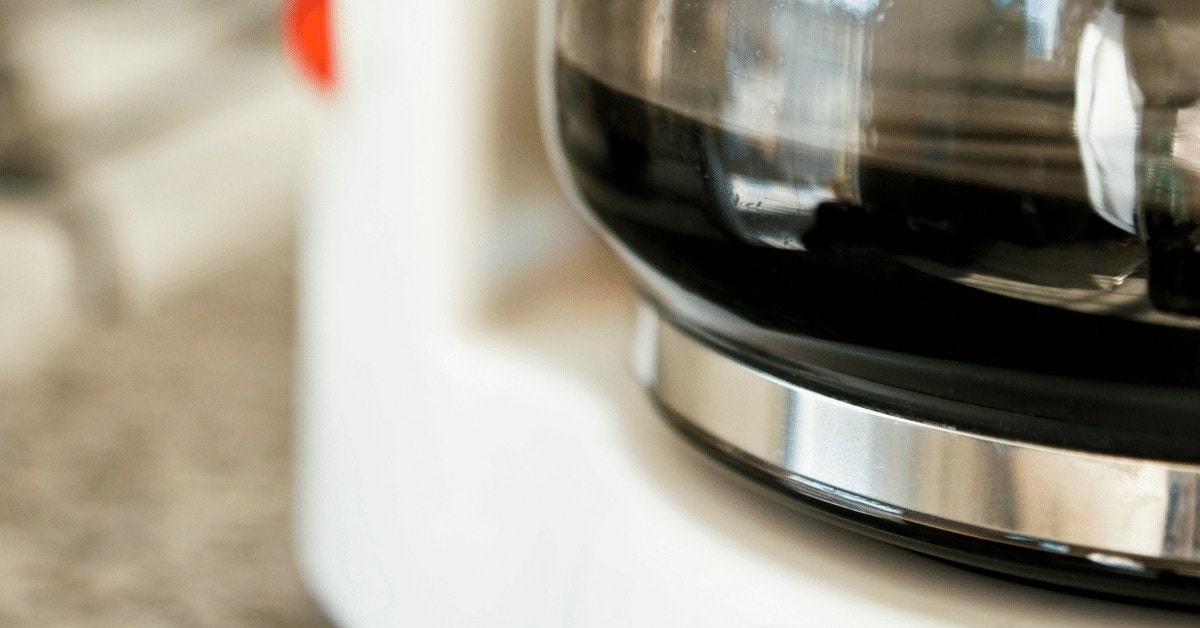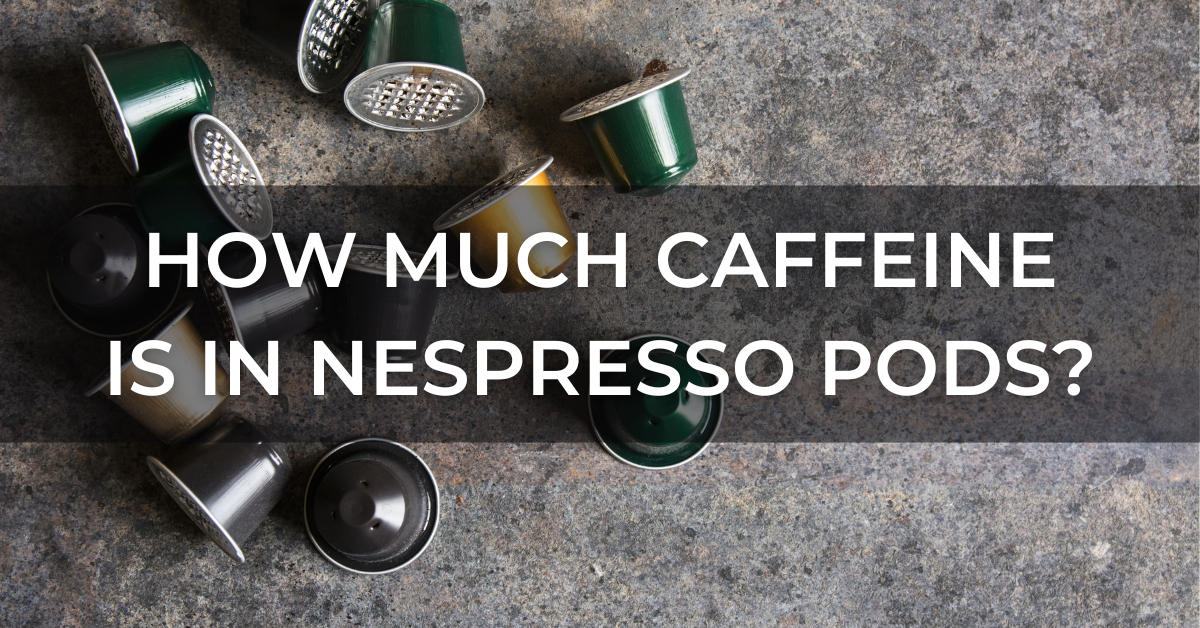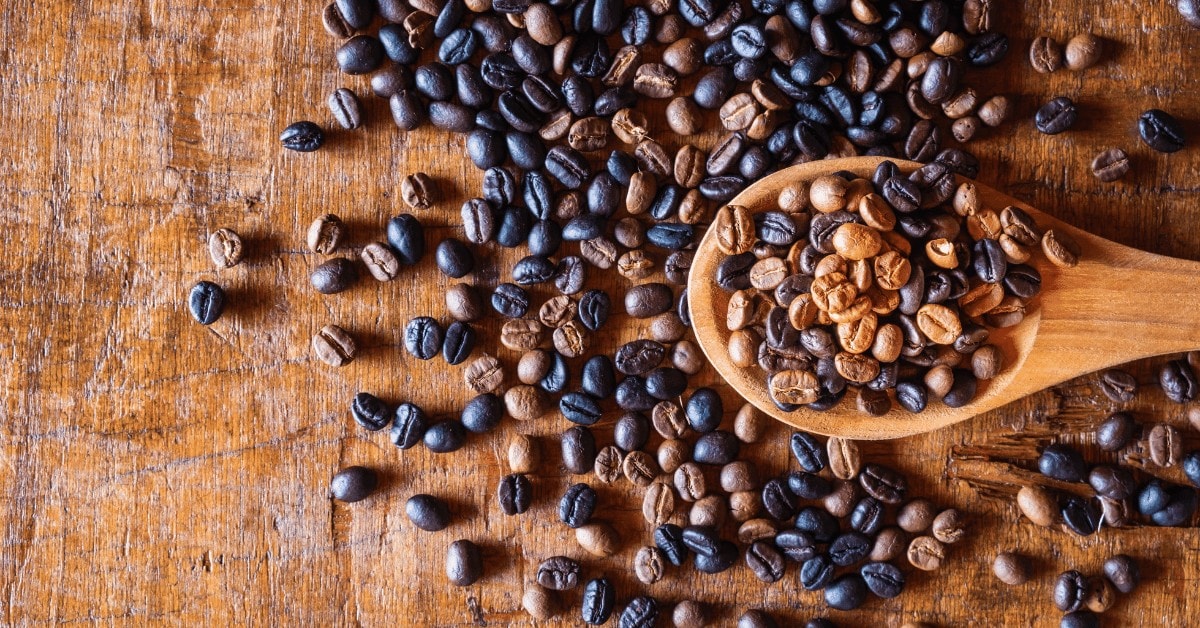Cortado vs cappuccino – do you know the difference? Learn everything about these espresso drinks so you can choose the best one for you.
Craving a milk-based espresso drink?
One of the first drinks on the list would be cortado and cappuccino.
But what’s the difference?
After tons of research and actual testing, I’ve decided to share my take on the two coffee drinks.
So here’s an in-depth cortado vs cappuccino rundown!
What Is a Cortado?
The name of this espresso-based drink means “to cut” in Spanish, and that’s actually a pretty good explanation of what it is. Basically, a shot of espresso is “cut” with steamed milk to make a cortado.
To make this delicious coffee drink, you should combine equal amounts of espresso and steamed milk.
This ratio provides the perfect balance between sweetness and bitterness. You don’t want to mask the unique characteristics of coffee beans. So by adding steamed milk to coffee in a 1:1 ratio, you actually let them shine through while reducing bitter and acidic notes.
Typically, this drink is served in a 4-ounce Gibraltar glass with a slightly wider top. You might have also seen whiskey or a cocktail served in that kind of glass as well.
Not a lot is known about the origins of a cortado, except that it comes from Spain. But today, it’s a very popular drink in Spanish and Portuguese-speaking countries.
Cuba has its own version of the beverage, named cortadito. It uses the same 1:1 coffee-to-milk ratio, but it uses condensed milk instead. Usually, it’s served in a small glass with a metal ring base and wire handle.
Sweet but energizing – what’s not to like about that?
NOTE
A cortado is a bit similar to a piccolo latte (small latte). However, a piccolo latte is sweeter and smoother because it has more milk. A cortado has a stronger coffee flavor and caffeine kick because it’s made with a double espresso shot.
What Is a Cappuccino?
A cappuccino is, hands down, one of the most popular espresso-based drinks. And I don’t just mean here in the States – but all over the world.
The story behind this coffee drink is actually quite interesting.
The legend mentions Marco d’Aviano, a monk from the Capuchin monastic order. In the 17th century, he found sacks of coffee following the victory in the Battle of Vienna against the Ottomans.
However, the Viennese found coffee to be too strong and bitter for their taste. So they decided to dilute it with cream and honey. The drink they got was light brown in color, matching the monk robes – which ultimately led to the drink being named after them.
Now, what’s even more interesting about this story is that it predates espresso – the main ingredient of a cappuccino.
So that means that 300 years ago, what they called cappuccino, was probably made with regular filtered coffee. But ever since espresso walked into the coffee scene, it became the main ingredient of this drink.
A cappuccino consists of:
- ⅓ espresso
- ⅓ heated milk
- ⅓ milk foam
And typically, it’s served either as a 6 or 8-ounce drink. However, nowadays, you can order a cappuccino in a 12-ounce cup at most coffee restaurant chains.
While it might sound like a lot of coffee, keep in mind that ⅔ of the drink is still just milk, making a cappuccino such a light beverage.
NOTE
Even though there are some similarities, don’t confuse cappuccino for a latte. Latte has less foam and more steamed milk, and it’s served in a larger glass.
Cortado vs Cappuccino: What’s the Difference?
I know what you’re thinking – these two drinks still sound pretty much the same. And that’s true unless you compare each of the characteristics side-by-side. So let’s do that now.
They’re served in different sizes
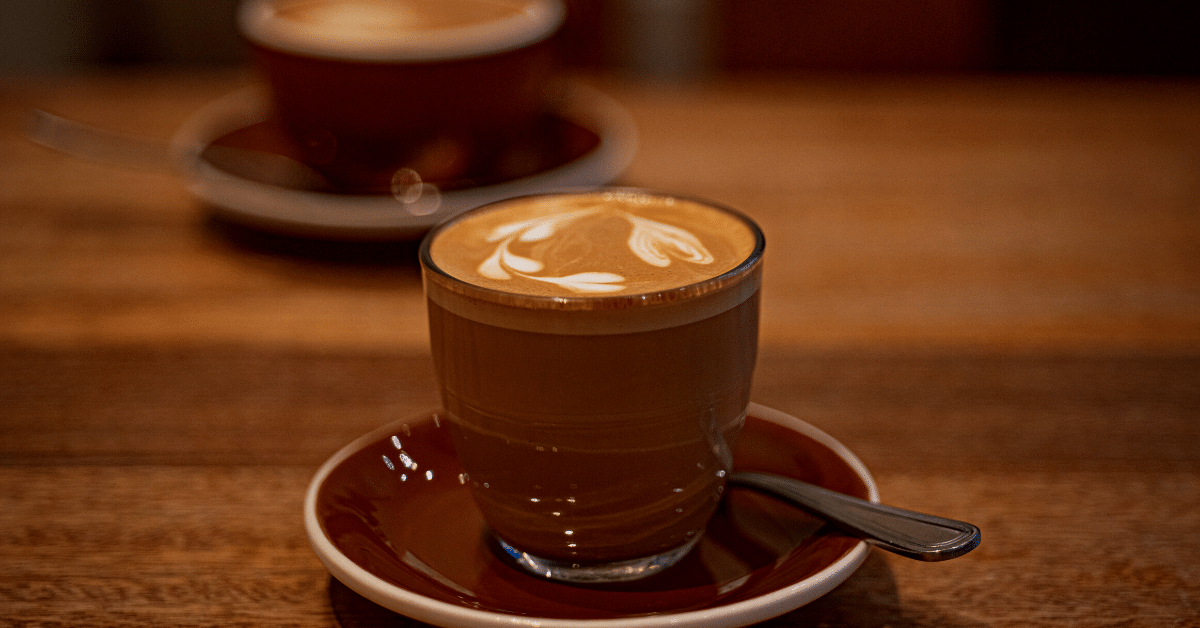
In Europe and artisan coffee houses across the States, a cappuccino is typically served in a 5 or 6-ounce cup. However, most commercial coffee chains will offer larger sizes as well.
Let’s take Starbucks, for example. You can get a cappuccino in 8, 12, 16, and 20 ounces! That’s enough to sip on throughout the entire workday.
As far as cortado goes, it’s considered a short drink anywhere you go. Here in the US, it’s typically served as a 4-ounce drink. But in most of Europe, you’ll probably get just a 2-ounce drink.
Which is quite a shame, really. I’d totally dare to try an 8-ounce version of a cortado, even at the cost of jitters.
IN A NUTSHELL
A cortado is a typical short espresso drink, served as either 2 or 4-ounce coffee. Cappuccino, on the other hand, can be ordered as a 5 to 20-ounce drip, depending on the coffee house.
Silky vs frothy milk foam
The difference in foam is pretty clear between these two drinks.
When served in a glass, you can see that there’s no clear distinction line between coffee and milk in a cortado. The milk is only slightly steamed, so the foam layer it creates on top is very thin.
Cappuccino, on the other hand, typically features thicker microfoam with a layer of dry foam floating on the top. It should be creamy but airy, velvety yet bubbly. Of course, that’s easily achieved with that much amount of milk used.
IN A NUTSHELL
The foamed milk layer on a cortado is thin and blended in with coffee. A cappuccino, however, has a very creamy and bubbly foam taking a big portion of the drink.
The texture is quite different as well
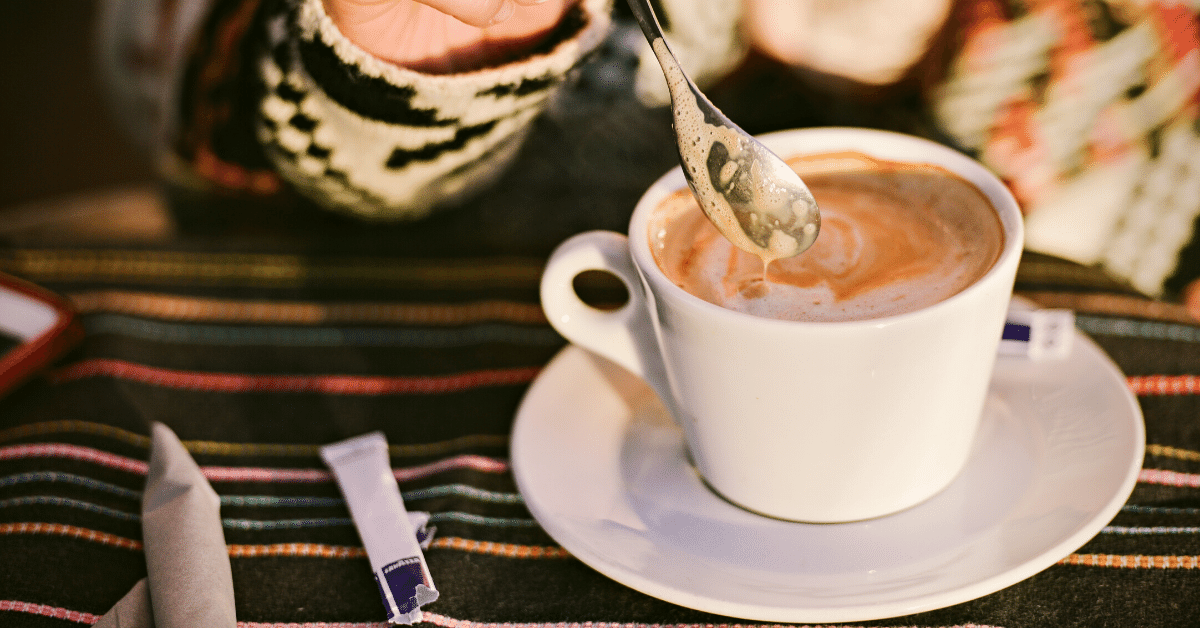
With cortado, the layer of frothed milk integrates into the espresso. What this does is create a silky, rich texture with a nice, velvety mouthfeel. The flavor of the coffee really lingers for a while, leaving a pleasant aftertaste.
Compared to a cortado, cappuccino has a much lighter texture. There’s a clear distinction between the three layers, which would be quite visible if served in a transparent mug.
The foam is very light and airy. If you were to drink the foam, you’d notice it has barely any weight to it. Now, I have no idea how eating clouds would feel, but a cappuccino foam definitely gives me such a vibe.
Of course, you should keep in mind that adding anything to your cappuccino will definitely alter the texture and make it heavier.
IN A NUTSHELL
Between the two, cortado has a much richer texture. It’s creamy and velvety, with a lingering aftertaste. However, cappuccino offers layering, with a medium-full body and airy foam.
Similar but not the same flavor
A cortado is a well-balanced drink with equal portions of espresso coffee and milk. The addition of milk makes the coffee less bitter and acidic, but it doesn’t overwhelm the actual taste of the coffee beans. It mellows down the flavor without making it sweet.
Cappuccino, on the other hand, is relatively sweet thanks to the lactose naturally found in milk. The flavor is rich, but the strong notes of espresso are very subtle due to the large amount of milk used.
IN A NUTSHELL
It all comes down to the amount of milk used. Cappuccino is very sweet due to all the milk, while cortado still really tastes like coffee.
The difference in nutrients
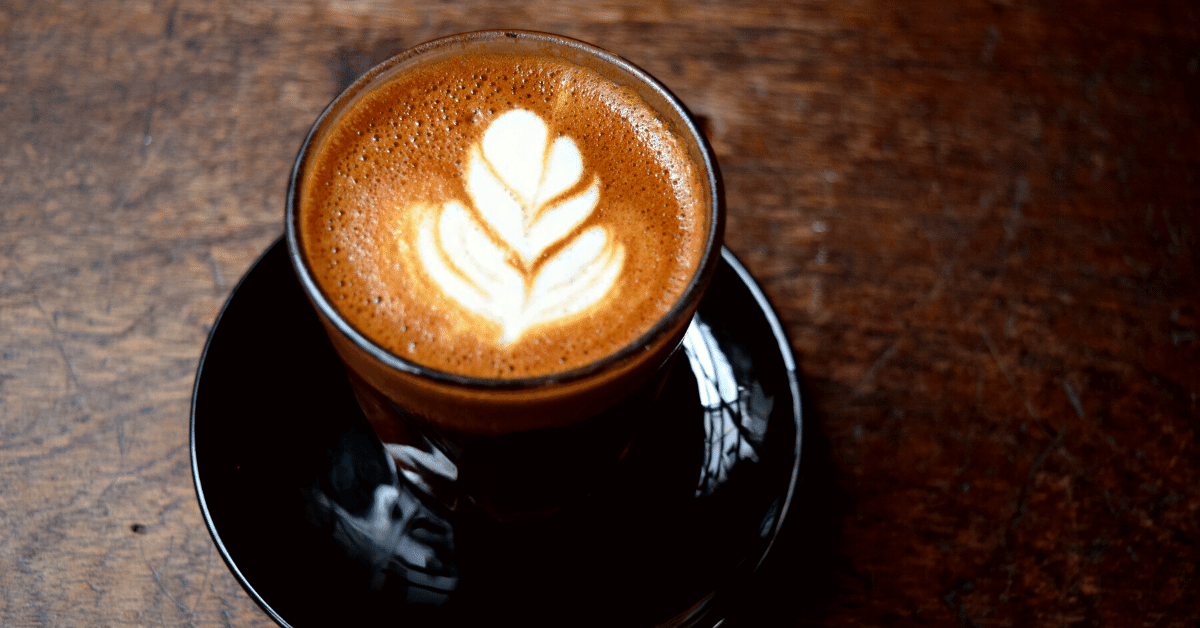
Plain espresso contains practically no calories.
All calories come from the milk.
Given that cortado only uses 1-2 ounces of milk, a single serving of this drink has no more than 30 calories.
A 6-ounce cappuccino, which is the standard size, has about 60 calories.
Of course, the larger drink you order, the higher the caloric amount. The numbers go up even more if you add other toppings (such as whipped cream).
IN A NUTSHELL
Even if you’re watching your caloric intake, you can enjoy a cortado without worries. As far as cappuccino goes, it depends on the size you choose as well as the toppings of your choice. But generally, it has double the number of calories compared to a cortado.
FAQ
Have other cappuccino-related questions? Here’s a short FAQ that should solve them.
Is cortado stronger than a cappuccino?
That depends solely on the amount of espresso used in each drink. A 4-ounce cortado contains a double espresso shot, while the same-sized cappuccino only contains one.
Is a cortado the same as a Flat White?
Both cortado and flat white use milk prepared in the same way before adding it to espresso. However, while cortado uses a 1:1 milk-to-coffee ratio, flat white coffee uses 1:2.
Is a cortado 1 or 2 shots?
In the US, a cortado is typically served as a 4-ounce drink, so it uses two shots of espresso. In Europe, where it’s often served as a 2-ounce beverage, it only has a single shot.
To Sum Things Up
While they’re both milk-based espresso drinks, that’s where the similarities between a cortado and cappuccino end.
Cortado is a 4-ounce drink made with a 1:1 milk-to-coffee ratio. Cappuccino, on the other hand, is 6 ounces and made with a 1:2 ratio.
The foam is also different on these drinks. Cortado has a thin layer of velvety foam, while cappuccino has a frothy layer on top.
But regardless of the differences, both drinks are delicious!
Need a coffee recommendation for a cappuccino? Here’s our list of the best coffee for a cappuccino on the market.


